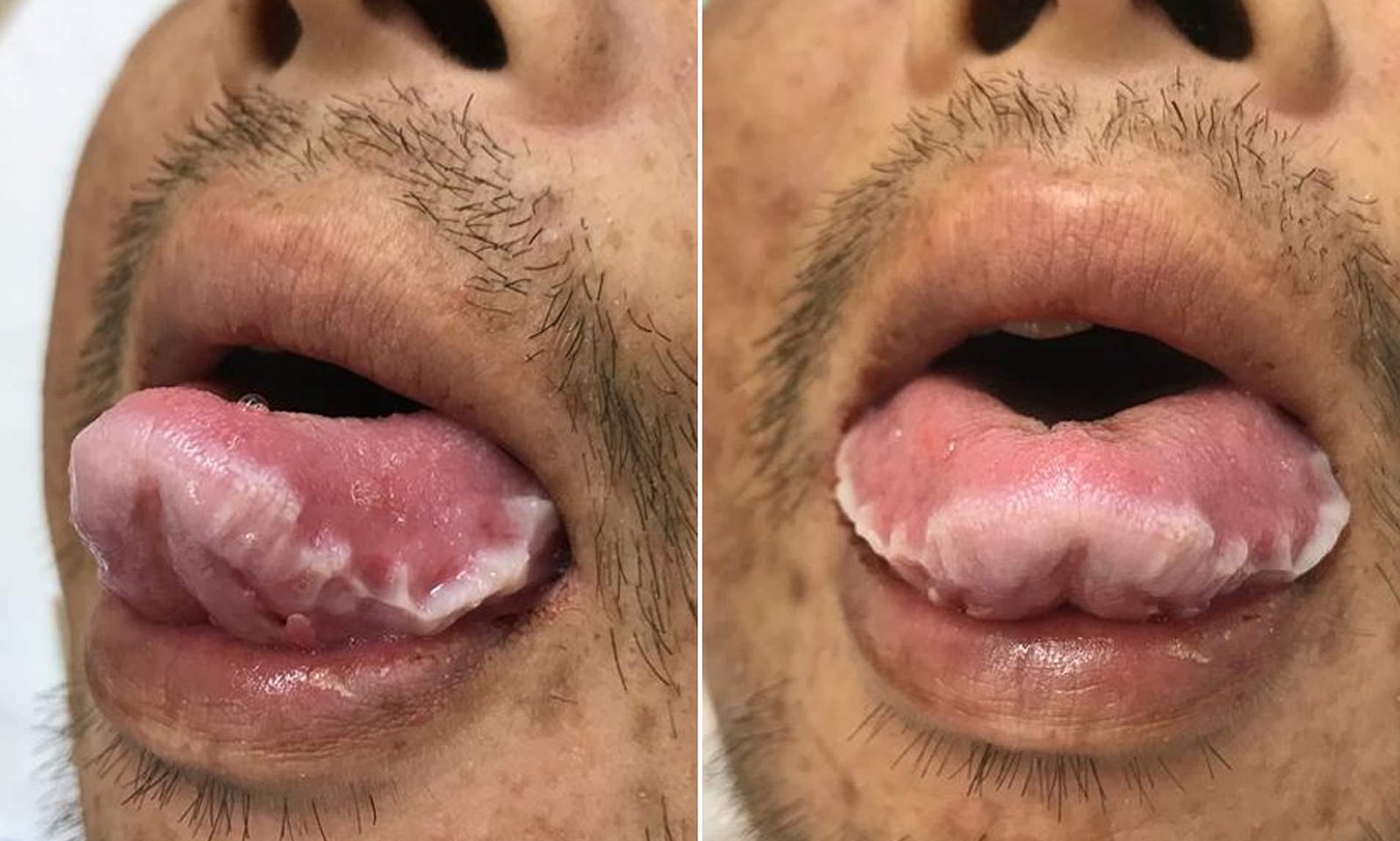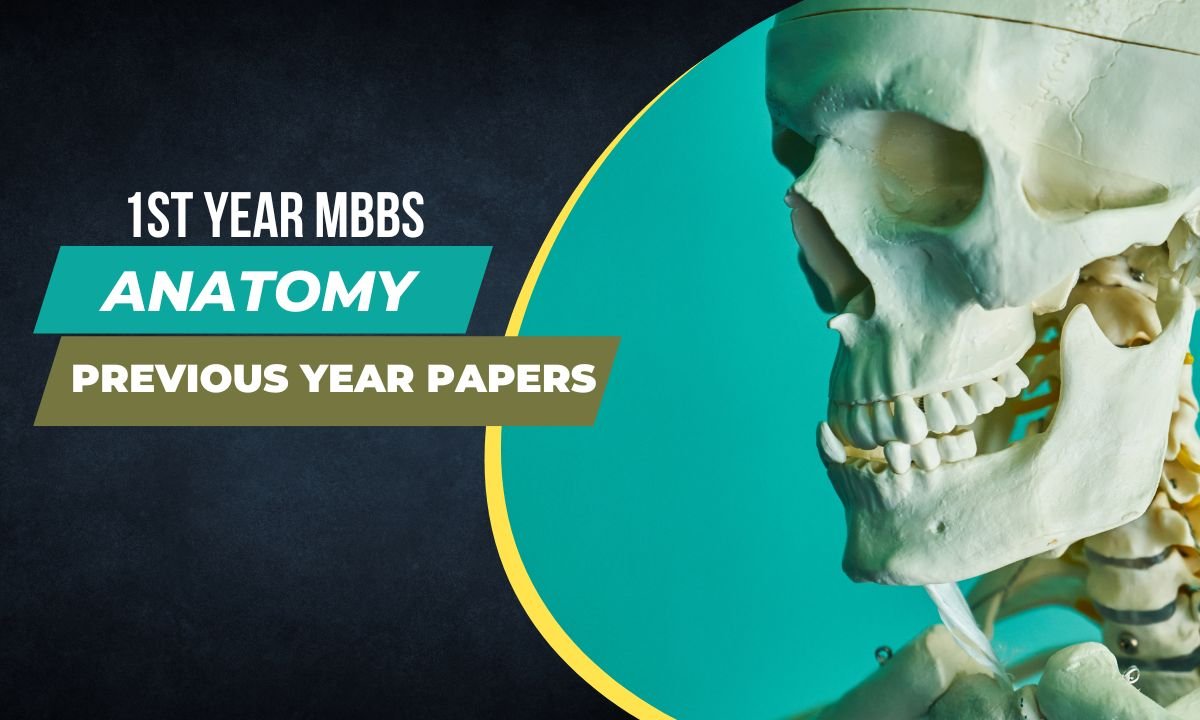A 24 year old man presented to the OPD with a complain of pain in the left lower posterior teeth region for the past 3 days with a history of an altered sense of taste associated with malaise, weight loss, and muscle cramps. He was diabetic since the past 4 years and had a history of chest pain since the past 2 months. On examination showed white, sharply demarcated, adherent plaques on the sides of the tongue. This plaques was scrapable, nontender, and leaving erythematous area below. Laboratory tests showed a creatinine level of 22 mg per deciliter (reference range, 0.7 to 1.5) and a blood urea nitrogen level of more than 225 mg per deciliter (reference range, 9 to 20). What is the diagnosis?


- Oral hairy leukoplakia
- Oral lichen planus
- Candidiasis
- Uremic stomatitis
Answer
Right answer is 4
Explanation
In lab investigations it clearly showed that creatinine level is high so there must have some renal pathology along with the increase level of nitrogen. In this case this condition describes Uremic Stomatitis which is an uncommon complication of uremia that may occur as a result of advanced renal failure.
The etiology of uremic stomatitis remains unknown, although it has been suggested that it may be the consequence of raised levels of ammonia compounds. Uremic stomatitis may also be considered a chemical burning. Ammonia is formed through the action of bacterial ureases modifying salivary urea, which can be elevated in affected patients.
The etiology of uremic stomatitis remains unknown, although it has been suggested that it may be the consequence of raised levels of ammonia compounds. Uremic stomatitis may also be considered a chemical burning. Ammonia is formed through the action of bacterial ureases modifying salivary urea, which can be elevated in affected patients.
Histopathogic examination of both biopsy specimens revealed an epithelium that was markedly acanthotic, with most of the suprabasal layers comprising pale-staining degenerate keratinocytes. The surface layers showed sloughing in places, and there was hyperplasia of the basal cell component. Fungal stains were negative as was immunohistochemistry for human papillomavirus (HPV), Epstein-Barr virus (EBV) latent membrane protein, and EBV early RNA in situ hybridization. No histological pathognomonic signs of uremic stomatitis have been described. Therefore, based upon the clinical features and lack of histopathological features suggestive of lichen planus, oral hairy leukoplakia, or chronic hyperplastic candidosis, a final diagnosis of uremic stomatitis seemed appropriate.
The oral lesion generally improved after hemodialysis and 10% hydrogen peroxide mouthwash (1:1 in water) 4 times daily.
It has been suggested that stomatitis appears when blood urea levels are higher than 200 mg/mL, and there have been reports of mucosal changes at urea levels of less than 200 mg/mL.





